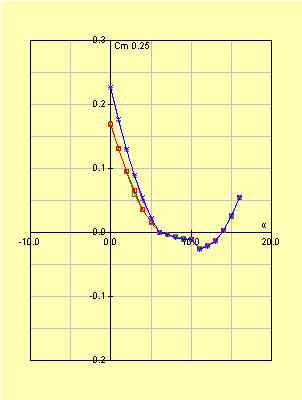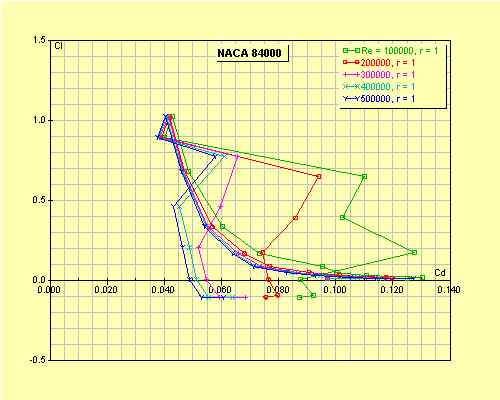

|
|
UPDATE: I
have since found a worksheet on CG range. It shows a range of 24.5" TO
34.5" behind the leading edge. I am not sure of the source of
this worksheet. I don't like the way they are doing the weight with 0
angle of attack the wing has no lift and this method changes the real
CG range. If you do the weights with root tube at a realistic
5° you shift the CG back by about 3". The link to the worksheet is at: MX weight and balance tif image with more information at: http://groups.yahoo.com/group/quicksilverultralightowners/files/ |
|

